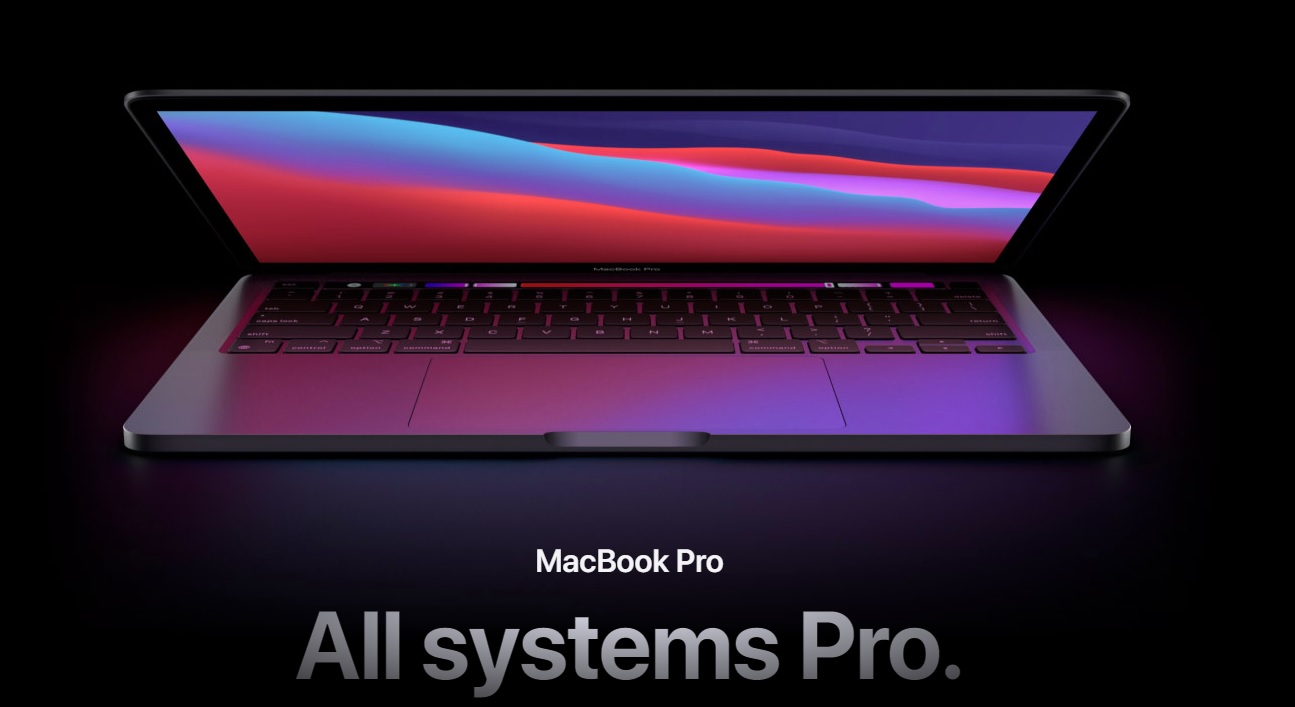Apple Silicon MacBook Pro will drop this powerful graphics feature
New MacBook Pro might struggle with demanding graphics tasks — here's why

The Apple Silicon MacBook Pro looks set to be an exciting laptop, ushering in the first steps by Apple to move away from its reliance on Intel chips. But it could come with some teething problems.
While Apple’s custom ARM-based chips look set to deliver plenty of mobile power reworked to handle macOS with aplomb, its Apple Silicon chips won’t support external graphics card units, aka eGPUs, according to AppleInsider.
- New MacBook Air with Apple Silicon: Everything you need to know
- The best laptops right now
- Plus: Chrome browser under attack — what to do now
One of the neat things about the current MacBook Pro 13-inch is that it can be hooked up to an external graphics card enclosure via the Thunderbolt 3 ports it has. And depending on the graphics card in the external enclosure, the Mac machine could get a big boost in graphics power.
That power could be used to speed up video rendering tasks, and other GPU-intensive work. And when the working day was over, the eGPU could work in tandem with the Intel chips in the MacBook Pros to power some demanding games, providing they work on macOS.
However, the new MacBook Pros with the Apple M1 chip won’t have such capabilities. Apple’s developer documents reportedly referred only to the “Apple family of GPUs” with no mention of support for eGPUs.
What’s a little odd here is that the new Apple Silicon MacBook Pro still comes with Thunderbolt 3 ports that support the protocol and bandwidth eGPUs need to work. There could be compatibility issues between how an eGPU would work with the new ARM-based M1 system-on-a-chip, but that’s just speculation on our part.
The more likely answer to this situation is Apple wants its developers to work on tapping into the power of the integrated GPU on the M1 SoC. That GPU is said to be some 5x faster than the last MacBook Pro with integrated Intel graphics; Apple also claims the M1 has 2.8 times faster CPU performance over the last MacBook Pro.
Get instant access to breaking news, the hottest reviews, great deals and helpful tips.
As such, having developers laser focussed on getting the most out of the new Apple Silicon chips could ensure the best performance is extracted from the M1. And help ensure the new MacBook Pro can stand alone with no need for external performance help.
This could come as a blow to creative professionals who like working in macOS but need a more powerful graphics setup for their work. And we’ll have to see if Apple’s claims about the performance of its own custom chips stand up to real-world testing.
But ARM-based chipsets are increasingly powerful, and Apple has its own APIs and software to extract power and optimize programs for its MacBook Pro hardware. So we’re prepared to be positively surprised by the performance of the Apple Silicon MacBook Pro, though we doubt Intel feels the same.

Roland Moore-Colyer a Managing Editor at Tom’s Guide with a focus on news, features and opinion articles. He often writes about gaming, phones, laptops and other bits of hardware; he’s also got an interest in cars. When not at his desk Roland can be found wandering around London, often with a look of curiosity on his face.
